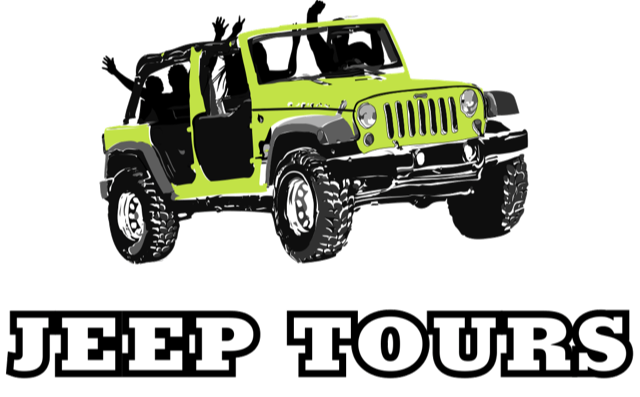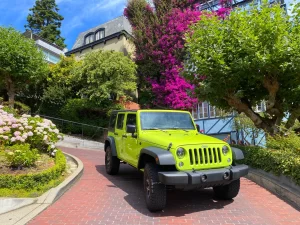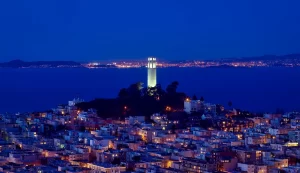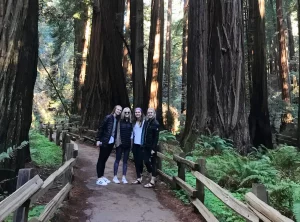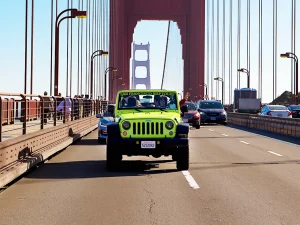How to Ride the Cable Car in San Francisco Like a Pro
The city of San Francisco is world famous, and nothing resembles the City by the Bay quite like it’s famous cable cars! They are frequently seen in movies and even more often on your social media feed. Why? Because over 13 million people ride cable cars every year. There are 4.7 miles of tracks on three picture-perfect lines.
While you can experience lots of things while visiting San Francisco, one of the best and most popular things to do on a San Francisco visit is to ride a cable car. So get ready to hop aboard and check this item off your bucket list!
With three routes, sometimes long lines and unfamiliar ticket procedures, it is best to know a few things in advance. Here are a few San Francisco travel tips to make everything a bit easier.
Here is how to ride the cable car in San Francisco like a pro.
When do Cable Cars Run?
Currently, they are running from 7am to 10:30 pm. The cable cars run about every 10 -12 minutes, on average.
How Much Does A Cable Car Ride Cost?
The cost for all cable cars is the same $8.00 USD one way; whether you’re buying for a child, a teen, or an adult. There is, however, a senior/disabled or Medicare discount which reduces the cost to $4 USD, but it is only applicable before 7AM and after 9PM.
Is my ticket valid for the whole day?
The ticket expires when you’re done with the one ride. San Francisco Cable Car tickets cannot be used to transfer to other public transit or for transferring between cable car lines.
Pro Tip: If you’re planning on taking a day or more to explore this gorgeous city, you might want to purchase a Visitor’s Passport. They’re available for purchase from the cable car ticket booths or online.
The Visitor’s Passport is for 1, 3 or 7 days of consecutive travel and includes unlimited rides on Muni, Muni Metro, historic streetcars, and cable cars. But remember! The Visitor’s Passport expires at midnight, which is still a lot less annoying than buying transit tickets each day.
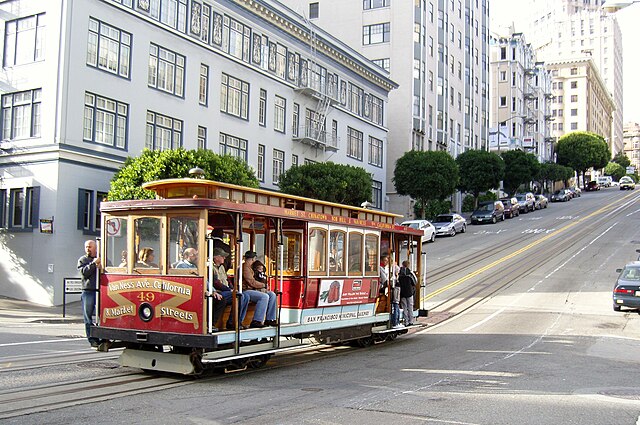
How do I pay and where can I buy tickets?
There are quite a few ways to buy tickets:
With Cash: If you’re carrying cash and paying on the cable car, you will have to have the exact amount of your ticket ($8) as the conductors are not able to give out change.
At Ticket Booths: At the start and end of the Powell-Mason and Powell-Hyde cable car routes, you’ll find ticket booths where you can buy a commemorative paper ticket and multi day passes. The California Line does not have ticket booths, so it is only cash or passes as you board.
Clipper Card: A Clipper card is an all-in-one transit card that is frequently used in San Francisco.
You can get a Clipper Card from retailers or self-serve machines. With your smartphone, you can also try the Clipper Card Mobile App and pay online.
The MuniMobile App: This app allows you to purchase and use tickets on your phone. You can also buy a Visitor’s Passport from this app.
Where Do I Show My Ticket?
The cable car doesn’t check tickets before you board. Instead, once you’ve boarded, a conductor (gripman) will approach you and collect your ticket or money for the ride.
What Are the Cable Car Routes?
The San Francisco Cable Car has three routes that you can take: the Powell-Mason Line, the Powell-Hyde Line, and the California Line. All three routes will take you on a unique San Francisco tour, guaranteeing fun and a memorable adventure.
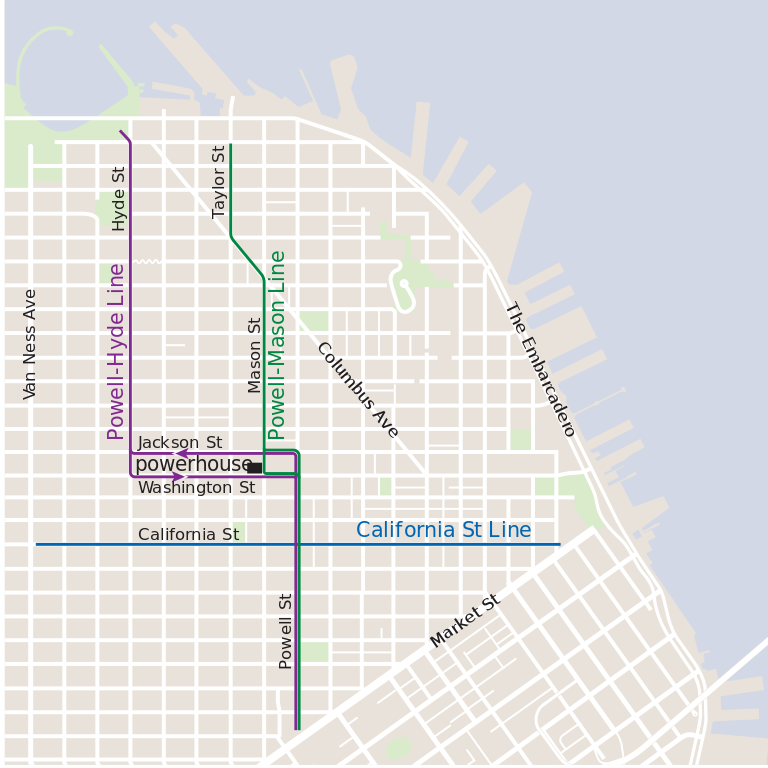
Powell-Mason Line
The Powell-Mason Line starts from Market Street at Powell Street and takes you to Taylor Street at Northpoint on the edge of Fisherman’s Wharf. The Powell-Mason Line passes through Union Square, then takes a turn from Woh Hei Yuen Park, catches Mason Street, and then continues straight through North Beach to Little Italy and then on to Fisherman’s Wharf. On this Line, you’ll get to travel through a few different neighborhoods and get gorgeous views of the Transamerica Pyramid and the city.
Pro Tip: Take the Powel Mason line back from Fisherman’s Wharf to Union Square. The lines are shorter.
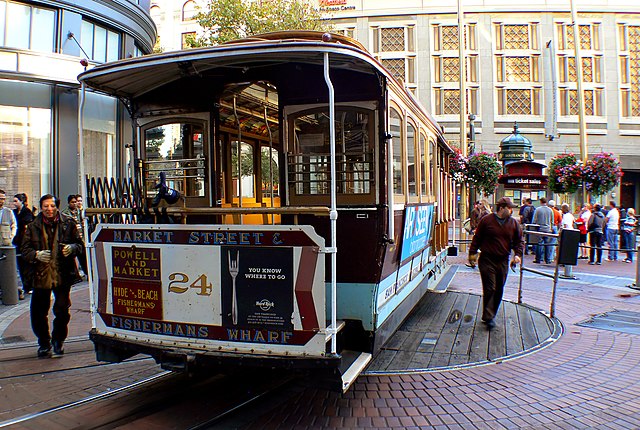
Powell-Hyde Line
The city’s most popular cable car line. The Powell-Hyde Line also starts from Powell Street at Market Street and takes you to Hyde Street near the Maritime Park in Fisherman’s Wharf. This line takes part of the same route as the Powell-Mason line, but it turns onto Jackson Street and then joins Hyde Street after crossing the Jackson.
Since this line has more hills and iconic views of San Francisco, most locals will definitely recommend this line. Popular views and must-see spots along the route include Lombard Street, views of Alcatraz Island, the San Francisco Maritime Park and Hyde Street Pier at the end of the line.
Pro Tip: Get off at Lombard Street and walk down the curviest street in the world. Then it’s a short walk downhill to Fisherman’s Wharf from the bottom of Lombard Street.
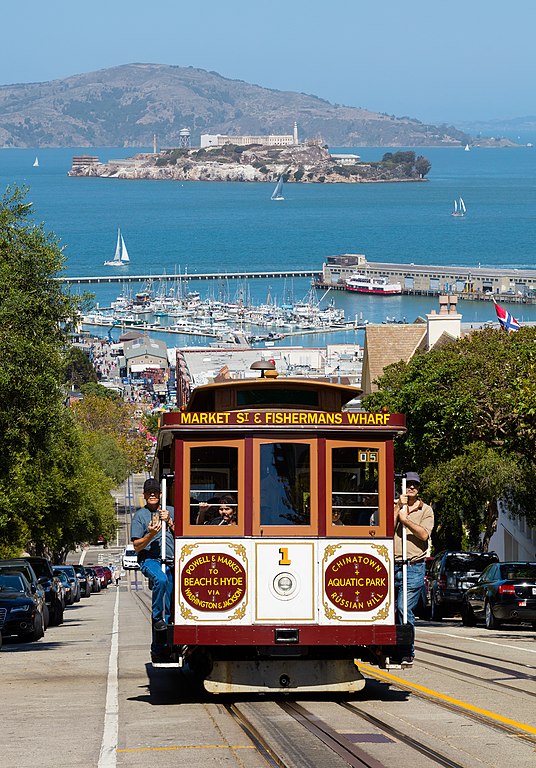
California Line
Starting from the Financial District, the California Line takes you on a shorter and more direct San Francisco tour of main exploring points in the Van Ness Avenue, including Grace Cathedral, Top of the Mark at InterContinental Mark Hopkins Hotel, and the Lumiere Theatre. This crosses Mason Street and does cover some areas of the Powell-Hyde and the Powell-Mason line.
Pro Tip: The California line has the shortest lines but not to be missed is the ride up the California Street hill as you pass Chinatown.
Cable Car Tips
There are a few tips you should know about San Francisco Cable Cars:
Not all routes go to/from Fisherman’s Wharf. Two routes start/end in Fisherman’s Wharf and Union Square. The California Line runs across the city in another direction from the Financial District to Van Ness Ave.
The best time to ride is the early morning or later in the evening, which equals the shortest lines to board. During the afternoons and early evenings, the lines can be quite long at the cable car turnarounds. The longest lines are at the two ends of the Powell-Hyde line.
While on board, be sure to hang on! While cable cars may look smooth, they do operate in regular vehicle traffic. There are occasional jolts or turns so keep a grip on the poles!
Pro Tip: Board at any other stop on the line other than the end of the lines. The Cable cars always have a few empty seats on each car so they can pick up passengers all along the route.
Have a chat with the Gripmen and the Brakemen: they are the professionals operating the cable car. They have a wealth of knowledge about the city and are unofficial ambassadors.
Cable Car Tips from SFMTA
- San Francisco’s busy streets and steep hills can make for an exciting ride. Hold on tight. If you’re holding onto the special poles on the outside of the car as you stand, please don’t lean outward.
- When exiting, wait until the vehicle comes to a complete stop. Then check the street nearby as you step out. Stop, look and listen carefully before crossing cable car intersections. Please remember that the green “X” traffic signal is the “go ahead” signal for cable cars, not pedestrians.
- Full-size bicycles and folding bikes are not permitted aboard cable cars. Check out other Muni routes if you’re traveling with your bike.
- Service animals are encouraged to ride in the interior section of the cable car, either on their owner’s lap or as far out of the aisle as possible. If riding on the exterior sections of the cable car, service animals must be on their owner’s lap.
- Cable cars are not equipped with accessible boarding.
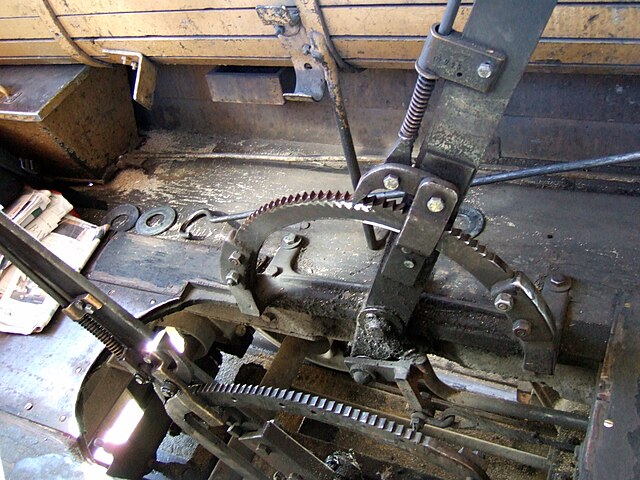
So How Do Cable Cars Work, Anyway?
It’s not magic, it’s actually quite manual. The cable car is pulled on rails by latching onto a moving cable inside a channel beneath the street. The cable is guided by an intricate system of pulleys and sheaves (large pulleys). At the powerhouse, huge winding wheels driven by 510 horsepower electric motors pull cable loops at a constant speed of 9.5 miles per hour.
Through a slot in the street, the car grabs the cable with a big vice-like lever mechanism called a grip. To start the car, the gripman pulls back on the lever which closes the grip around the cable. To stop the car, the gripman releases the grip and applies the brakes.
Each cable car has 3 types of brake systems: the wheel brakes place pressure directly on the wheels with steel brake shoes, the track brakes are 2-foot-long pieces of Monterey pine mounted between each of the wheel sets that press down on the track, and the slot brake is an 18-inch steel wedge that gets jammed into the street slot to bring the car to a sudden stop (for emergencies only).
Other Interesting Activities to Do While In San Francisco
While cable cars are probably the best way to take a unique San Francisco tour, you can catch a glimpse of the city in other ways too. One activity you must try is taking an Open Top Jeep Tour of the city, which is conveniently located on Umbrella Alley, opposite the Powell-Hyde turnaround of Hyde Street. Taking a San Francisco Jeep Tour will be a thrilling way to explore the city and will have you gushing about it for days. If you want to see San Francisco, then a private group jeep tour is the way to go.
Fun Facts About the San Francisco Cable Car
- San Francisco is the only place in the world with a manually-operating cable car mass transit system!
- The cables on which the San Francisco cable cars operate are always moving. They never stop, but it’s up to the gripman and brakeman to work the mechanics to stop and start the car.
- The San Francisco cable car is a designated historic landmark. Which makes it the first landmark to actually move!
- Cable cars run at a speed of 9.5 miles per hour.
- The California Street Line cable car has no turnaround!
- SF Municipal Railway restores and maintains the current fleet of 28 Powell Street cars and 12 California Street cars. Not all 40 cars are in service at the same time. During the week, 27 cars are operated (20 Powell + 7 California) and on weekends, 25 cars are operated (20 Powell + 5 California).
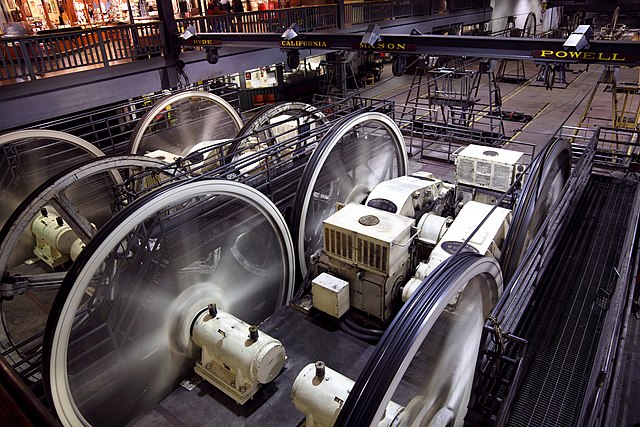
Bonus: Visit the Cable Car Museum and Power House. It’s Free!
The Cable Car Museum was established in 1974. It is operated by the Friends of the Cable Car Museum as a nonprofit educational facility. Conveniently, both Powell Cable Car lines stop here.
Located in the historic Washington/Mason cable car barn and powerhouse, the museum deck overlooks the huge engines and giant 8” winding wheels that pull the cables under the streets of the city. Downstairs is a viewing area of the large sheaves (wheels) and cable lines entering the building through the channels under the streets. Four giant cables power the entire system.
On display are various mechanical devices such as grips, tracks, cables, brake mechanisms, detailed models, and historic photographs. The museum houses three antique cable cars from the 1870s. The Sutter Street Railway No. 46 grip car & No. 54 trailer are the only surviving cars from the first cable car company, as well as the Clay Street Hill Railroad No. 8 grip car. The museum store offers a variety of cable car memorabilia, books, clothing, cards, and even genuine cable car bells! Practice your bell ringing!
Cable Car Museum Details:
1201 Mason Street San Francisco, CA 94108
Open: Tuesday to Thursday 10AM to 4PM
Friday to Sunday OPEN 10AM to 5PM
Closed Monday Open every day except New Year’s Day, Thanksgiving and Christmas.
Admission is Free.
